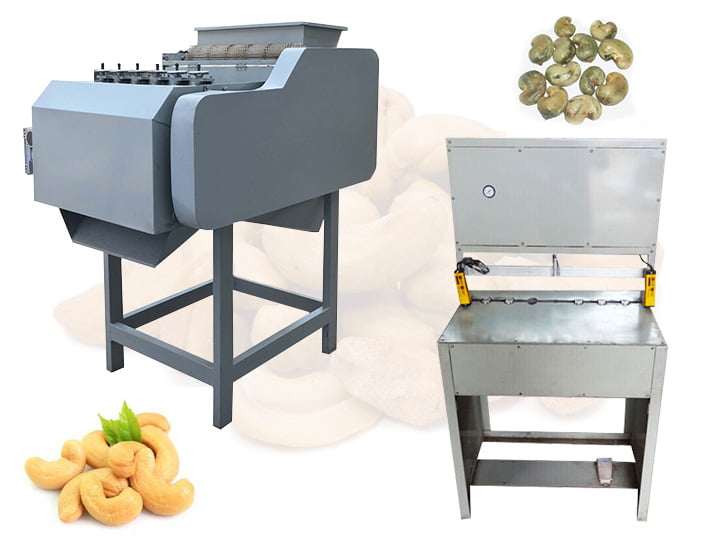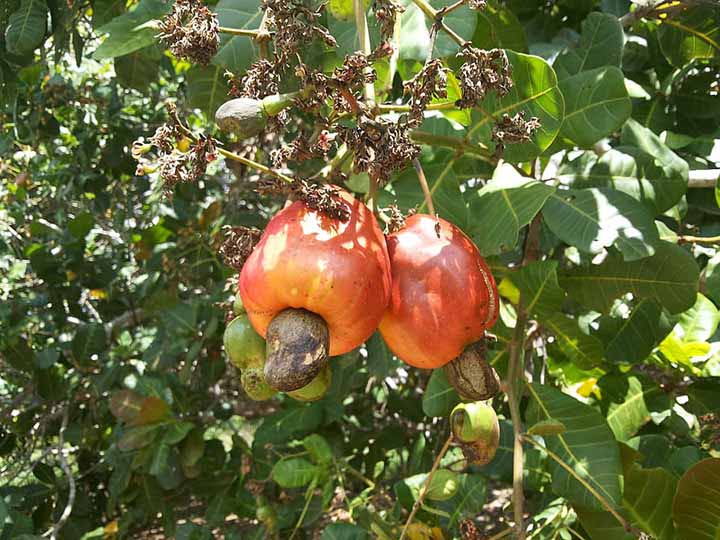Precautions for Cashew Nut Breaking Machine

- Before using the cashew nut breaking machine, first, check whether all fasteners are tightened. Check whether the rotating part is flexible. Check whether there is lubricating oil in each bearing. Confirm whether the peeling machine is placed stably. In order to ensure the safety of operators, the motor shell must also be grounded.
- Turn the cashew nut breaking machine manually for several turns before powering it on. If there is impact sound, find out the cause and then power on.
- You should select an appropriate screen according to the size of cashew nuts.
- After power on, the test run shall be conducted first and attention shall be paid to whether the rotation direction of the rotor is correct. After the motor is started, the rotation direction of the rotor shall be consistent with the direction marked on the machine. After idling for a few minutes, observe whether there is any abnormal sound. After the operation is normal and stable, we can put the cashew nuts into the hopper quantitatively, evenly, and continuously.
- The cashew nut shelling machine also has requirements on the degree of dryness and wetness of cashew nuts. Cashew nuts should not be too dry or too wet. Cashew nuts that are too dry will result in too high a cashew crushing rate. Cashew nuts that are too wet will slow down their shelling.
- The way to solve the problem of increased cashew nut shell is to move the motor down to tension the fan belt and increase the blowing volume.
- During the shelling, cashew nuts shall be fed evenly and appropriately. It is not allowed to mix iron filings, stones, and other sundries to prevent breaking cashew nuts or causing mechanical accidents.
- After using the cashew nut breaking machine, you should remove the dust and dirt on the surface of the machine and the remaining grains inside Then clean the bearings at each part with diesel oil, cover the machine and store it in a dry warehouse. The belt shall be removed and hung on the indoor wall that is not exposed to the sun.

